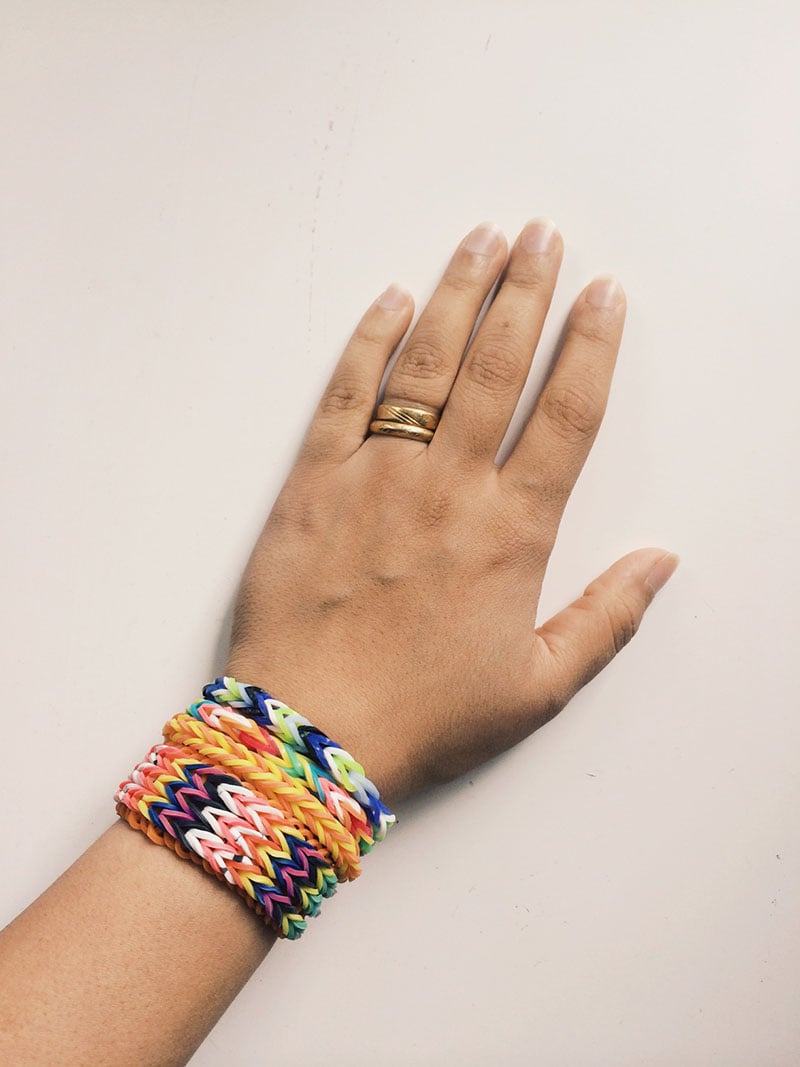


The theme for the issue is Light and Dark, which means most of the projects are all about pattern. In the most recent May/June issue, for example, Tom Knisely and Deb Essen write about color and value and Madelyn van der Hoogt gives us the skinny on tied overshot.
LOOM RECIPE HOW TO
One of the many reasons I love working for Handwoven is that I get to be front and center for this type of knowledge transmission as weavers from all over share their knowledge of weaving and tell us how to weave their truly beautiful designs. Similarly, weavers are also keen to pass on their knowledge and experience. Perhaps it’s also because we know that, by passing along our looms and our shuttles when we no longer need them, we are also keeping a bit of ourselves alive in the weaving story of another. I know I was endlessly grateful to the weavers who gave me bobbins, yarn, and advice when I started weaving. Perhaps it’s because we know that by passing along those tools, we’re nurturing a love of weaving in somebody else. I can’t think of too many other hobbies or professions where this is the case as routinely as weaving-weaving supplies and especially looms are typically not homeless for long. "Dark and Light of the Moon" Towels by Beth Mullins, from Handwoven May/June 2016 Rather, they are passed to somebody new who will ideally weave new adventures and preserve the legacy for generations still to come. When a weaver passes or simply downsizes their studio, their old looms aren’t burnt on a pyre. I was flabbergasted to know my loom belonged to such an important weaver, and it once again reminded me of how connected we all are as weavers. When James passed it was donated to a local organization and eventually, as space got tight, it needed a new home. Steve, the owner, told me that the loom belonged to none other than tapestry weaver James Koehler. When I found this beautiful loom just a few miles from my house it felt like fate-it was the loom I’d been dreaming about and suddenly it was real. For the past 6 months or so, I’ve been wanting a wider loom, one suitable for weaving bath towels and lap throws. I recently added a new loom to my collection, a beautiful 40-inch wide, 4-shaft loom that I have tentatively named "Loom" Diamond Phillips. I love the stories others tell me about the loom they rescued from the family barn that belonged to great-great-aunt Bertha and is now used to weave rag rugs, or the handwoven coverlet passed down through the generations that is still used to decorate the guest bed.Ĭhristina's new-old 40-inch, 4-shaft loom, tentatively named "Loom" Diamond Phillips

I love looking at looms and handweaving in museums and being able to understand them, even if they are centuries old. I like to know where the earliest examples of everything were found, and how old they are. I like to look up the origins of words and the inventors of various tools. Maybe it’s because I’m a former historian (and still very much one at heart), I love to learn about how things got their start. (In that same sense, it’s perhaps even more comforting to know that when I make a mistake at any point during the weaving and finishing process, I am probably just one of many weavers who have done the same.)

From the miniature overshot of Bertha Gray Hayes to big books of drafts by the likes of Carol Strickler and Marguerite Porter Davison, it is comforting to know that just about wherever I tread, others have gone before me. When I weave, I know that countless weavers before me have not only gone through these same actions, but have woven these same patterns. Part of being a weaver is participating in a legacy of sharing, so much bigger and grander than just you.


 0 kommentar(er)
0 kommentar(er)
